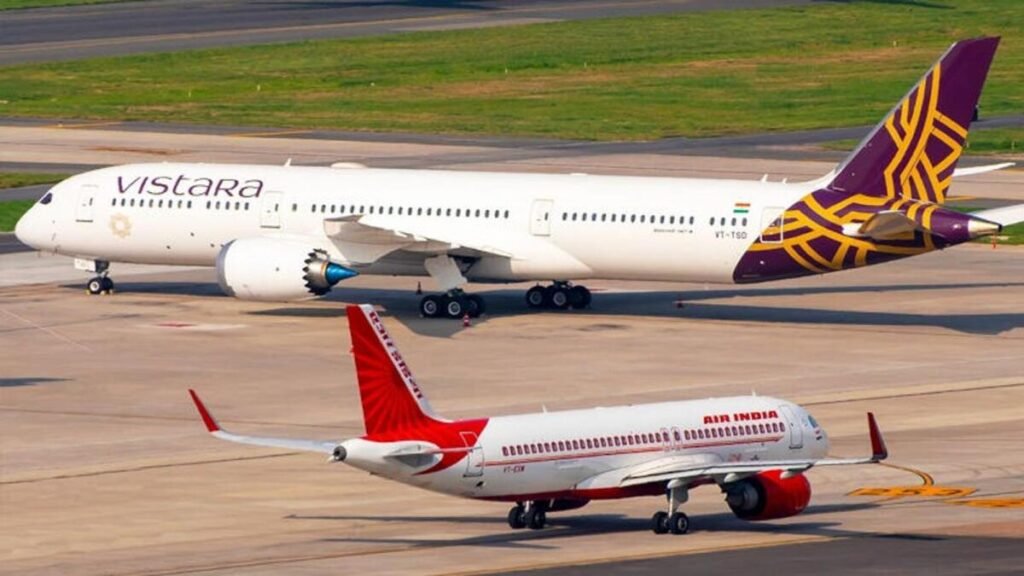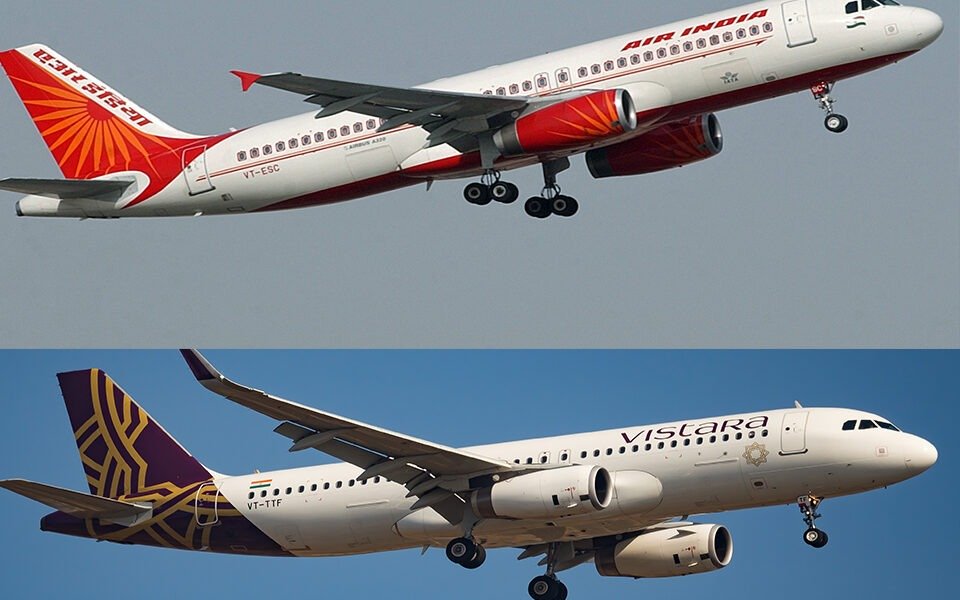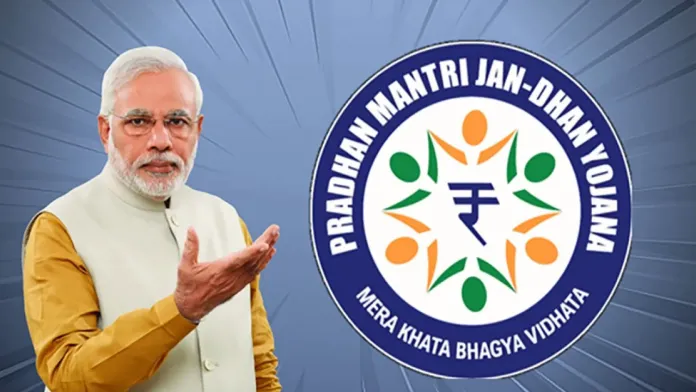Air India-Vistara Merger Approved by NCLT: What it Means for India’s Aviation Sector
The National Company Law Tribunal (NCLT) has given the green light to the merger between Air India and Vistara, marking a significant development in India’s aviation landscape. This merger is poised to reshape the dynamics of the industry, affecting stakeholders ranging from passengers to investors and employees.
Merger Approval: The NCLT’s approval comes after a series of regulatory hurdles and negotiations between the two airlines. With this milestone achieved, Air India and Vistara can proceed with the integration process, consolidating their operations and resources.
Impact on Aviation Sector: The merger is expected to have far-reaching implications for the aviation sector in India. It is likely to lead to increased competition among airlines, potentially driving down fares and improving service quality. Additionally, the combined entity will have a larger market share, enabling it to leverage economies of scale and enhance efficiency.
Benefits for Passengers: Passengers stand to benefit from the merger through a wider range of destinations, improved connectivity, and possibly better amenities and services. However, concerns remain regarding potential fare hikes and reduced choices in the long run.
Implications for Investors and Employees: Investors and employees of both airlines will be closely monitoring the merger process. While the merger presents opportunities for growth and expansion, there are also challenges associated with integration, including workforce management and operational synergies.
Conclusion: The approval of the Air India-Vistara merger by NCLT marks a significant step forward for India’s aviation sector. As the two airlines move towards integration, stakeholders must navigate the opportunities and challenges that lie ahead, with the ultimate goal of creating a stronger and more competitive aviation industry in the country.

Why this News is Important:
Impact on Aviation Sector: The approval of the Air India-Vistara merger by the NCLT is crucial for India’s aviation sector. It sets the stage for a major transformation in the industry’s landscape, with implications for stakeholders across the board.
Enhanced Competition and Services: The merger is expected to foster increased competition among airlines, potentially leading to improved services and fares for passengers. This could enhance the overall travel experience and stimulate demand in the market.
Strategic Consolidation: The merger represents a strategic consolidation of resources and operations, which could result in greater efficiency and economies of scale. This is particularly significant in an industry known for its razor-thin margins and intense competition.
Market Share and Connectivity: The combined entity will have a larger market share and network, offering passengers a wider range of destinations and better connectivity options. This could make air travel more accessible and convenient for millions of travelers across the country.
Investor Confidence and Growth Prospects: The approval of the merger is likely to boost investor confidence in the aviation sector, signaling potential growth opportunities in the future. This could attract investment and drive innovation in the industry, benefiting both stakeholders and consumers alike.
Employee Concerns and Welfare: While the merger presents opportunities for growth and expansion, it also raises concerns for employees regarding job security and workforce management. It is imperative for companies to address these concerns transparently and ensure the welfare of their workforce throughout the integration process.
Historical Context:
Background of Air India and Vistara: Air India, India’s national carrier, has a storied history dating back to its establishment in 1932. Over the decades, it has played a pivotal role in shaping India’s aviation industry but has faced numerous challenges, including financial losses and operational inefficiencies.
Vistara, on the other hand, is a relatively newer entrant in the Indian aviation market, founded in 2015 as a joint venture between Tata Sons and Singapore Airlines. Despite its short history, Vistara has quickly gained a reputation for its premium services and customer-centric approach.
Industry Trends and Challenges: The Indian aviation sector has witnessed significant growth and transformation in recent years, fueled by rising incomes, urbanization, and government initiatives such as UDAN (Ude Desh ka Aam Nagrik). However, it has also faced challenges such as high operating costs, regulatory hurdles, and intense competition.
Rise of Low-Cost Carriers: The rise of low-cost carriers like IndiGo and SpiceJet has disrupted the traditional airline model, challenging legacy carriers like Air India. These carriers have gained market share by offering affordable fares and no-frills services, forcing incumbents to adapt and innovate.
Government’s Disinvestment Plans: The approval of the Air India-Vistara merger comes at a time when the government is actively pursuing disinvestment of its stake in Air India. The merger could be seen as a strategic move to streamline operations and enhance the airline’s attractiveness to potential investors.
Key Takeaways from “Air India-Vistara Merger Approved by NCLT”:
| Serial Number | Key Takeaway |
|---|---|
| 1. | Approval granted by NCLT for Air India-Vistara merger. |
| 2. | Signifies a major milestone in India’s aviation sector. |
| 3. | Expected to lead to increased competition and improved services. |
| 4. | Raises concerns and opportunities for investors, employees, and passengers. |
| 5. | Reflects broader trends of consolidation and transformation in the industry. |
Important FAQs for Students from this News
What is the significance of the Air India-Vistara merger?
- The merger between Air India and Vistara is significant as it marks a major development in India’s aviation sector. It has the potential to reshape the industry’s dynamics, impacting stakeholders ranging from passengers to investors and employees.
How will the merger affect passengers?
- Passengers can expect benefits such as improved connectivity, possibly lower fares, and better services. However, concerns regarding reduced choices and potential fare hikes in the long run remain.
What are the implications of the merger for investors?
- Investors are likely to view the merger favorably, as it signals growth opportunities in the aviation sector. However, they will closely monitor the integration process and its impact on financial performance.
What challenges might arise during the integration process?
- The integration of two airlines involves various challenges, including workforce management, operational synergies, and regulatory compliance. Addressing these challenges effectively will be crucial for the success of the merger.
How does the merger fit into the broader trends in the aviation industry?
- The merger reflects ongoing trends of consolidation and transformation in the aviation sector, driven by factors such as changing consumer preferences, technological advancements, and regulatory reforms.
Some Important Current Affairs Links















